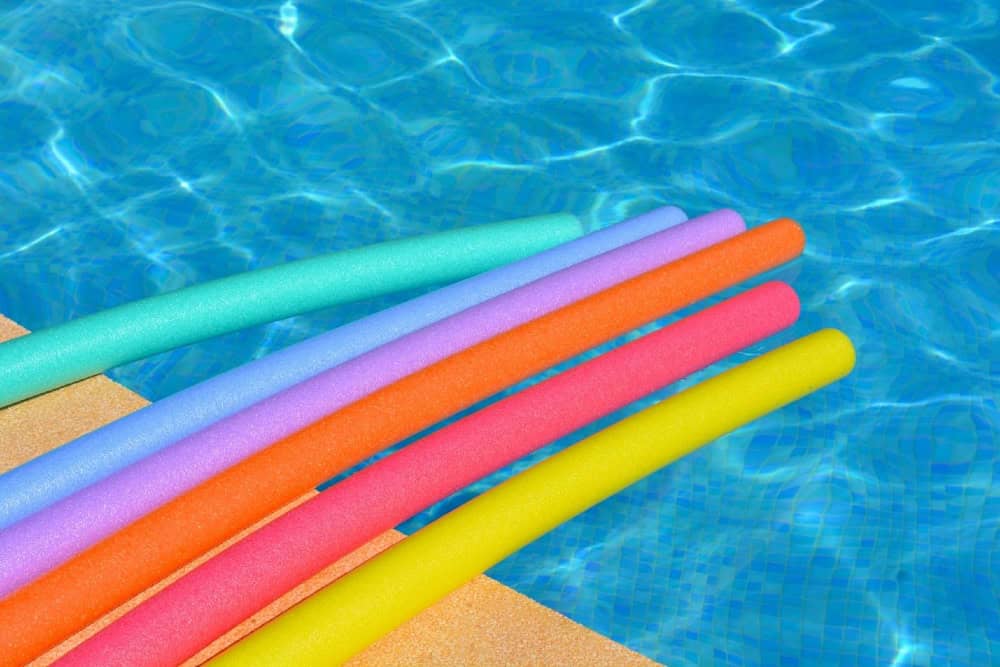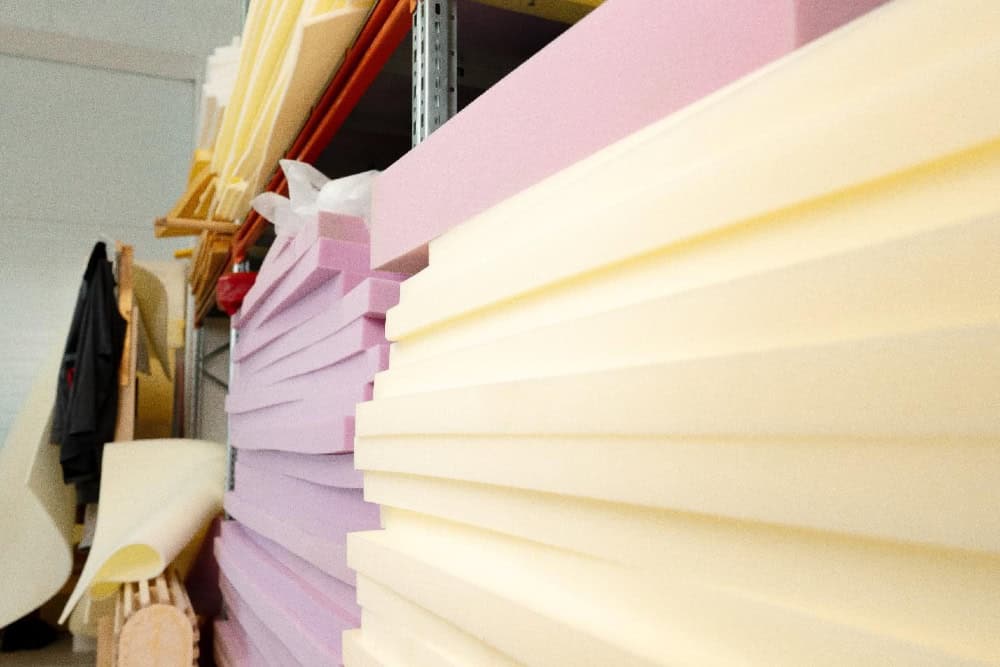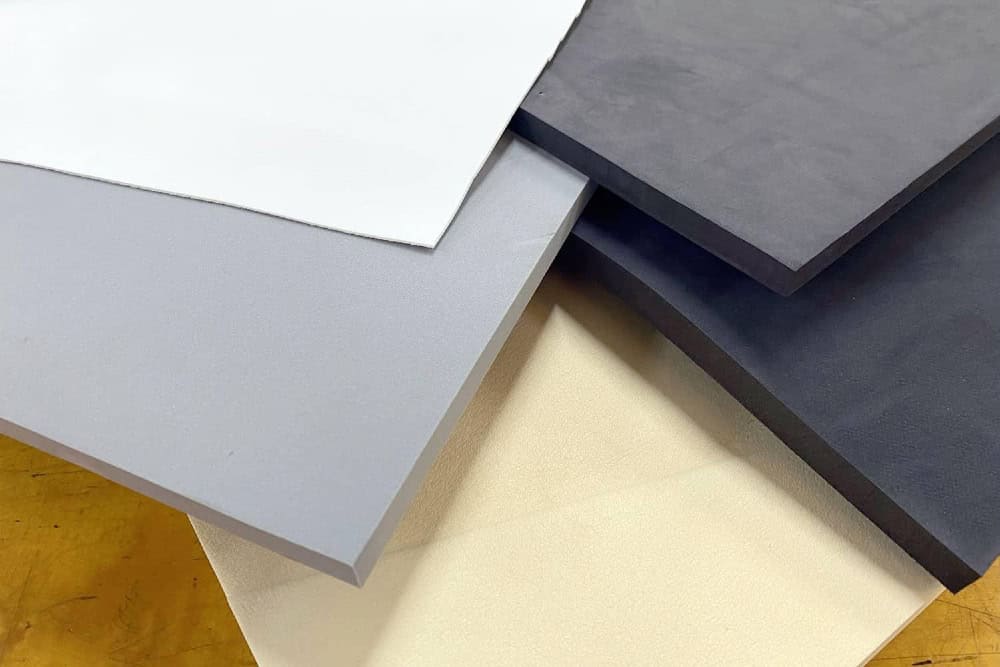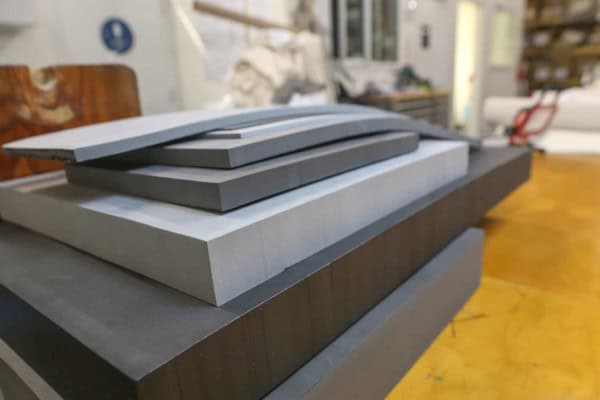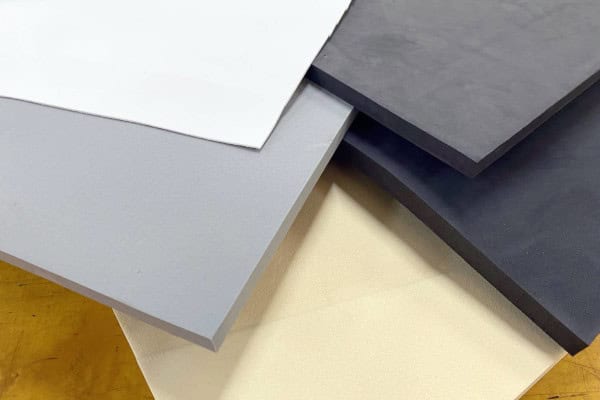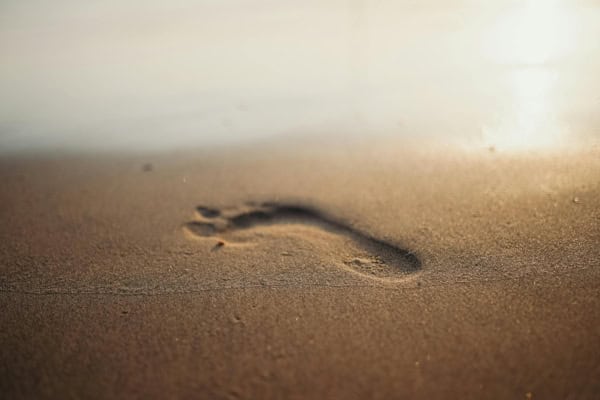Moisture‘s Impact on EVA Foam
While EVA foam‘s closed-cell structure provides resistance to moisture, prolonged exposure to water or any kind of liquid can lead to major issues. Firstly, EVA foam can absorb water, resulting in increased weight and reduced structural integrity. Not only does this mess with the foam’s ability to provide adequate support or protection, but it becomes something like a wet sponge. Another negative is that moist environments create favorable conditions for mold and mildew growth, meaning that getting EVA foam wet and not drying it can cause major health risks. Plus, if you‘ve glued it to anything, that moisture can mess with the bond and send your foam creations tumbling down.
EVA foam‘s closed-cell structure may provide inherent resistance to moisture, but this doesn’t make it completely waterproof. Whether it’s prolonged exposure to high-humidity environments or direct contact with water, too much moisture can lead to absorption, though certainly not as much when compared to open-cell foams. However, if you aren’t dunking your EVA foam in water, its moisture resistance can prove quite helpful. That’s why it’s awesome for cosplay and athletic gear, as it can withstand a high level of perspiration without permanent damage. Like any piece of cosplay or equipment, it should be cleaned after use to prevent bacteria build-up. Some types of EVA foam that have been treated with protectants can be used in water, but untreated EVA foam should not be directly submerged for extended periods, as this can lead to a breakdown of the material.
When it comes to direct water exposure, EVA foam offers several unique characteristics. EVA foam is buoyant, meaning that it can float on water. This has made it a top choice for pool toys – as long as they use treated EVA foam. As mentioned before, untreated EVA foam can soak up water if it’s left absorbed for too long.

